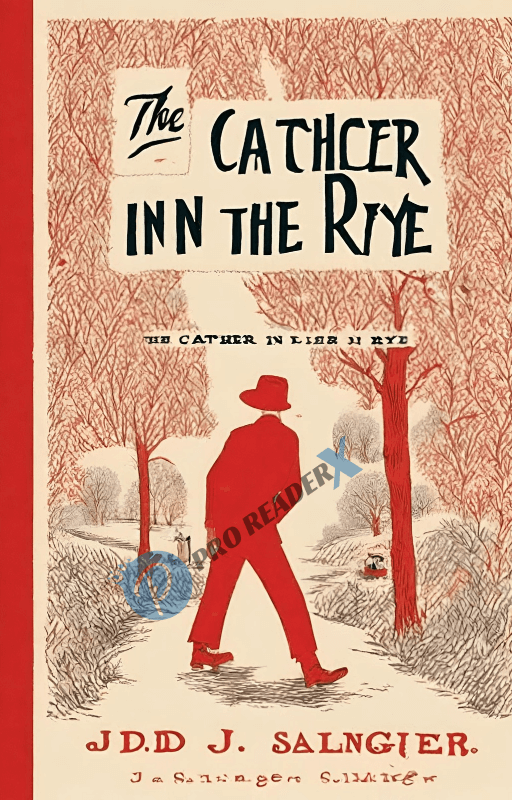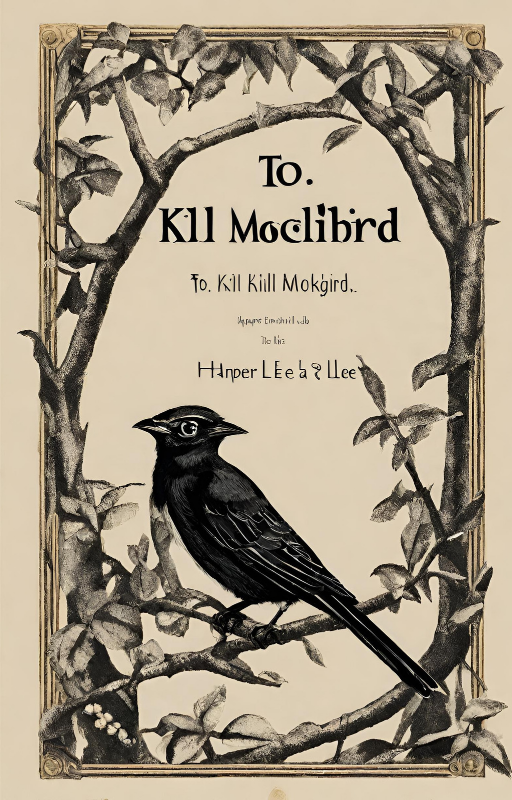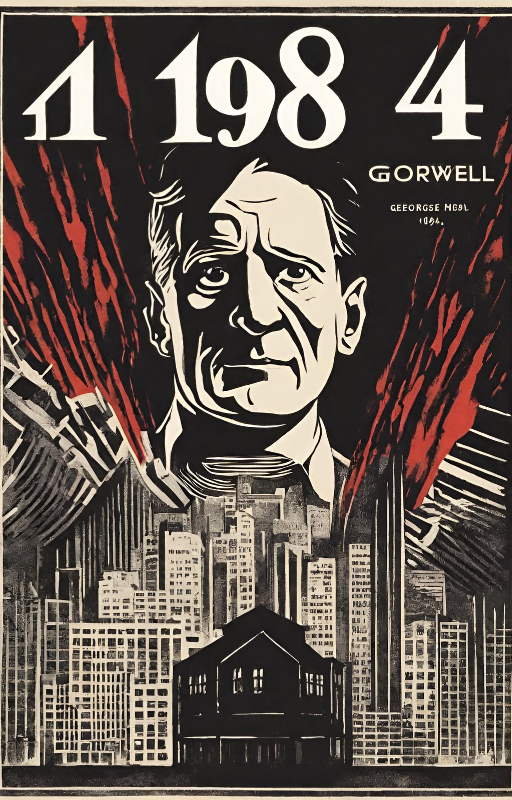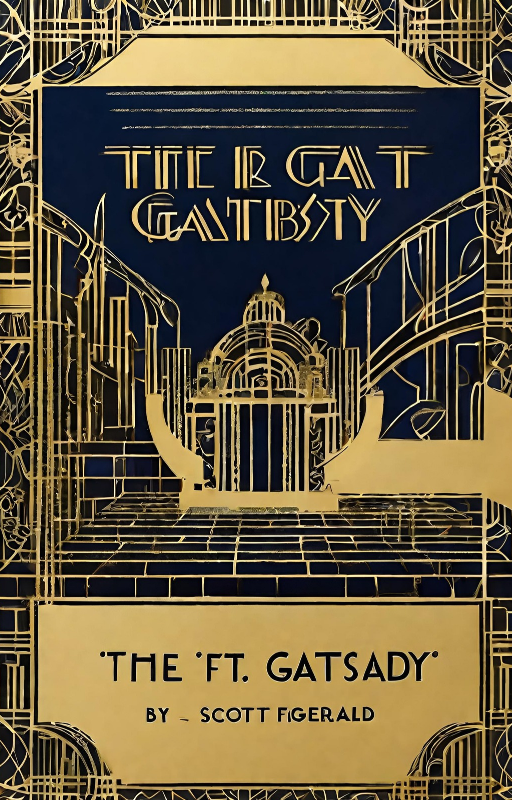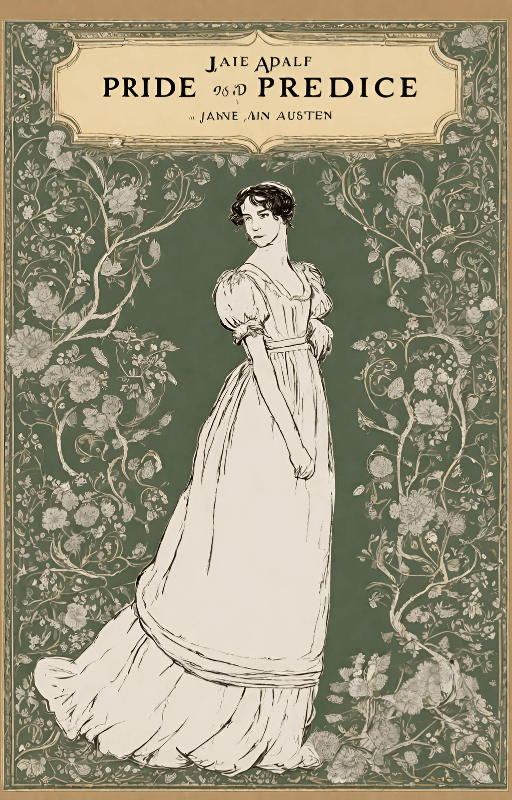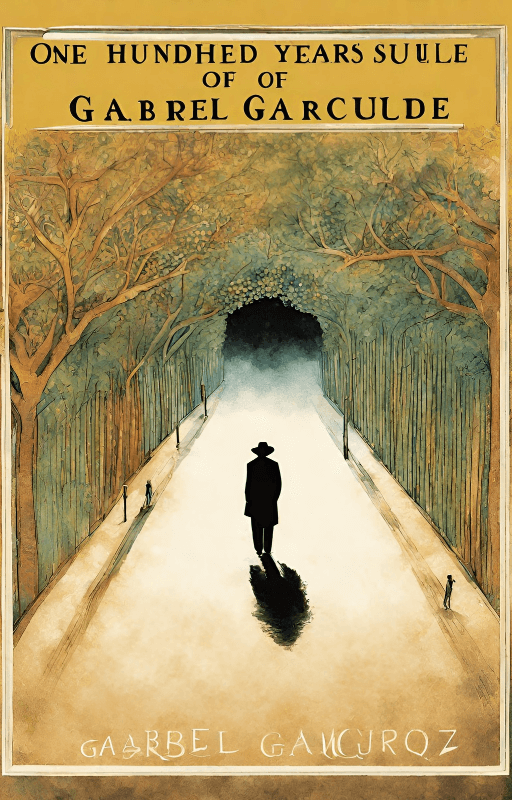Introduction
In the vast landscape of literature, few works have captured the essence of adolescent turmoil and rebellion as profoundly as “The Catcher in the Rye” by J.D. Salinger. This enduring classic continues to resonate with readers of all ages, offering a raw and unfiltered glimpse into the mind of its protagonist, Holden Caulfield. Let’s embark on a journey through the pages of this iconic novel, exploring its themes, characters, and literary significance.
Background of the Author
Before delving into the world of Holden Caulfield, it’s essential to understand the enigmatic figure behind the novel. J.D. Salinger, born Jerome David Salinger, was an American writer known for his reclusive nature and literary brilliance. Born in New York City in 1919, Salinger led a life shrouded in mystery, much like the characters he created. His experiences in World War II profoundly influenced his writing, leading to the creation of works that challenged conventional norms and explored the complexities of human existence.
Plot Summary
At the heart of “The Catcher in the Rye” lies the story of Holden Caulfield, a disillusioned teenager grappling with the phoniness of the adult world. Set against the backdrop of 1950s New York, the novel follows Holden’s journey over a few days after being expelled from yet another prestigious prep school. As Holden wanders through the city, he encounters various characters and reflects on his past experiences, ultimately seeking a sense of belonging in a world he perceives as superficial and hypocritical.
Holden Caulfield emerges as a complex and troubled protagonist, navigating the precarious bridge between childhood innocence and the harsh realities of adulthood. His disdain for societal conventions and longing for authenticity propel the narrative forward, culminating in a poignant exploration of identity, alienation, and the loss of innocence.
Themes and Motifs
Central to “The Catcher in the Rye” are the themes of alienation, identity, and the loss of innocence. Holden Caulfield’s profound sense of detachment from the world around him reflects the universal struggle to find one’s place in society. Throughout the novel, Holden grapples with the conflicting desires to preserve his innocence and rebel against the perceived phoniness of adulthood.
Moreover, Salinger masterfully employs motifs such as the red hunting hat, the ducks in Central Park, and the carousel to underscore Holden’s existential angst and longing for meaning in a world devoid of authenticity. These recurring symbols invite readers to delve deeper into the psychological landscape of the protagonist, unraveling layers of complexity with each turn of the page.
Character Analysis
Holden Caulfield stands as one of the most iconic and memorable characters in literary history. His distinct voice, characterized by cynicism and vulnerability, captivates readers from the opening lines of the novel. As Holden grapples with feelings of alienation and disillusionment, readers are drawn into his tumultuous inner world, empathizing with his struggles, and yearning for his redemption.
In addition to Holden, “The Catcher in the Rye” features a cast of compelling characters, including Holden’s younger sister, Phoebe, and his former English teacher, Mr. Antolini. Each character serves as a mirror reflecting different facets of Holden’s psyche, enriching the narrative tapestry with their unique perspectives and insights.
Literary Style and Techniques
Salinger’s distinctive writing style, characterized by stream-of-consciousness narration and colloquial language, immerses readers in the immediacy of Holden’s thoughts and emotions. Through Holden’s fragmented and meandering narrative, Salinger captures the essence of adolescent angst with unparalleled authenticity, allowing readers to experience the turbulence of youth in all its rawness and vulnerability.
Furthermore, Salinger employs symbolism and imagery to enrich the novel’s thematic depth, imbuing everyday objects and experiences with profound significance. From the recurring motif of the catcher in the rye to the haunting imagery of Allie’s baseball glove, each literary device serves to illuminate the inner workings of Holden’s psyche, inviting readers to embark on a journey of self-discovery alongside the protagonist.
Impact and Legacy
Since its publication in 1951, “The Catcher in the Rye” has left an indelible mark on the literary landscape, inspiring countless readers, and writers alike. Its enduring popularity can be attributed to its timeless exploration of universal themes such as adolescence, alienation, and the search for authenticity. Despite being the subject of controversy and censorship, the novel continues to resonate with readers of all generations, cementing its status as a modern classic.
Conclusion
In conclusion, “The Catcher in the Rye” stands as a testament to the enduring power of literature to illuminate the human condition. Through its vivid characters, evocative imagery, and poignant themes, J.D. Salinger’s masterpiece continues to captivate and inspire readers, inviting them to ponder life’s most profound questions and embark on a journey of self-discovery.
FAQs (Frequently Asked Questions)
- Why is “The Catcher in the Rye” considered a controversial novel?
“The Catcher in the Rye” has sparked controversy due to its depiction of themes such as teenage angst, rebellion, and sexuality, which some readers and educators have found inappropriate for younger audiences. - What is the significance of the title “The Catcher in the Rye”?
The title refers to Holden Caulfield’s desire to protect innocence and prevent children from falling into the metaphorical “rye,” symbolizing the loss of innocence and the harsh realities of adulthood. - What impact did “The Catcher in the Rye” have on literature and popular culture?
The novel has had a significant influence on literature, inspiring countless authors and filmmakers. It has also permeated popular culture, with references to its characters and themes appearing in music, film, and television. - Is Holden Caulfield a relatable character?
Many readers find Holden Caulfield relatable due to his struggles with identity, alienation, and the pressures of adolescence. His candid voice and introspective nature resonate with individuals navigating similar challenges. - Why is “The Catcher in the Rye” often studied in high school literature classes?
The novel is frequently included in high school curricula due to its thematic depth, vivid characterization, and enduring relevance to the adolescent experience. Studying the novel allows students to explore complex themes and engage in critical analysis of literature.
